Hello!
We're Mei & Irene.
We're here to make your life more delicious and creative and help you stop throwing out food. Thanks for joining us on our mission to reduce food waste!
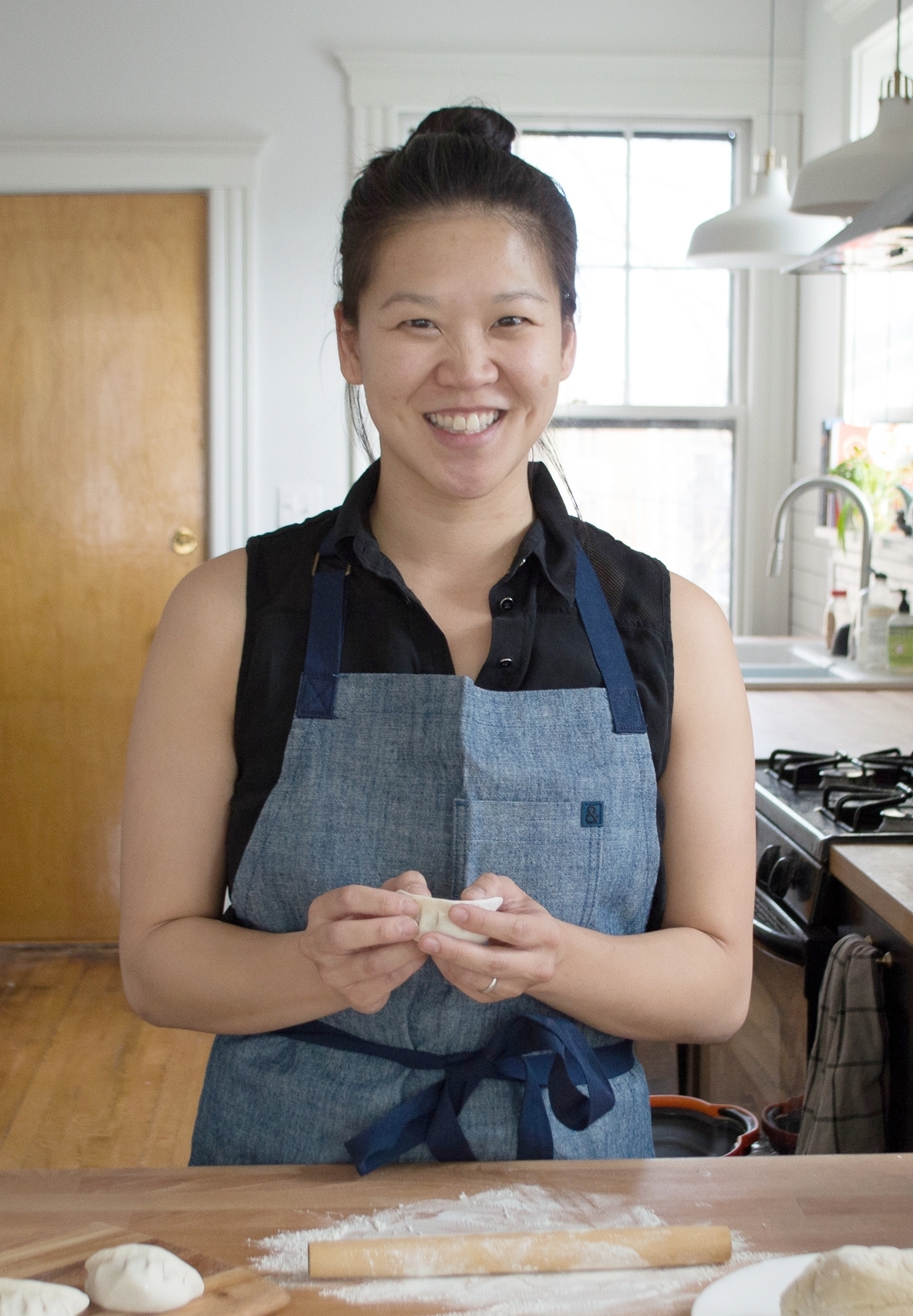
We're here to make your life more delicious and creative and help you stop throwing out food. Thanks for joining us on our mission to reduce food waste!

I've found that some of the most helpful ideas to reduce food waste aren't actually recipes, but systems or strategies to implement in your kitchen. This list of no-waste strategies includes some simple tips and more complex plans, all of which I've implemented (to varying degrees of success, I'll be honest). Start with baby steps - setting up an 'Eat Me First' box in the fridge is a great first move, even if you don't always get to the food in time. Whether you're just starting out on reducing food waste or you're already whipping up carrot top pesto and composting your scraps, there are ways for each of us to slowly minimize our food waste footprint.
I started an 'Eat Me First' box at home after Irene installed a huge one in the walk-in fridge at our restaurant Mei Mei, It's a simple concept: put all the things that need to be eaten first in one place, ideally close to eye level at the front of your refrigerator. Any time you're rummaging through the fridge, move items that have been sitting a while to the 'Eat Me First box. Then when you start cooking, you know where to reach first. You may also want a little box within or next to the larger box to hold smaller bits and bobs. I have a mini box where I keep knobs of ginger, wedges of lemons and limes, a few cloves of garlic, so they don't get lost in the back of the fridge.
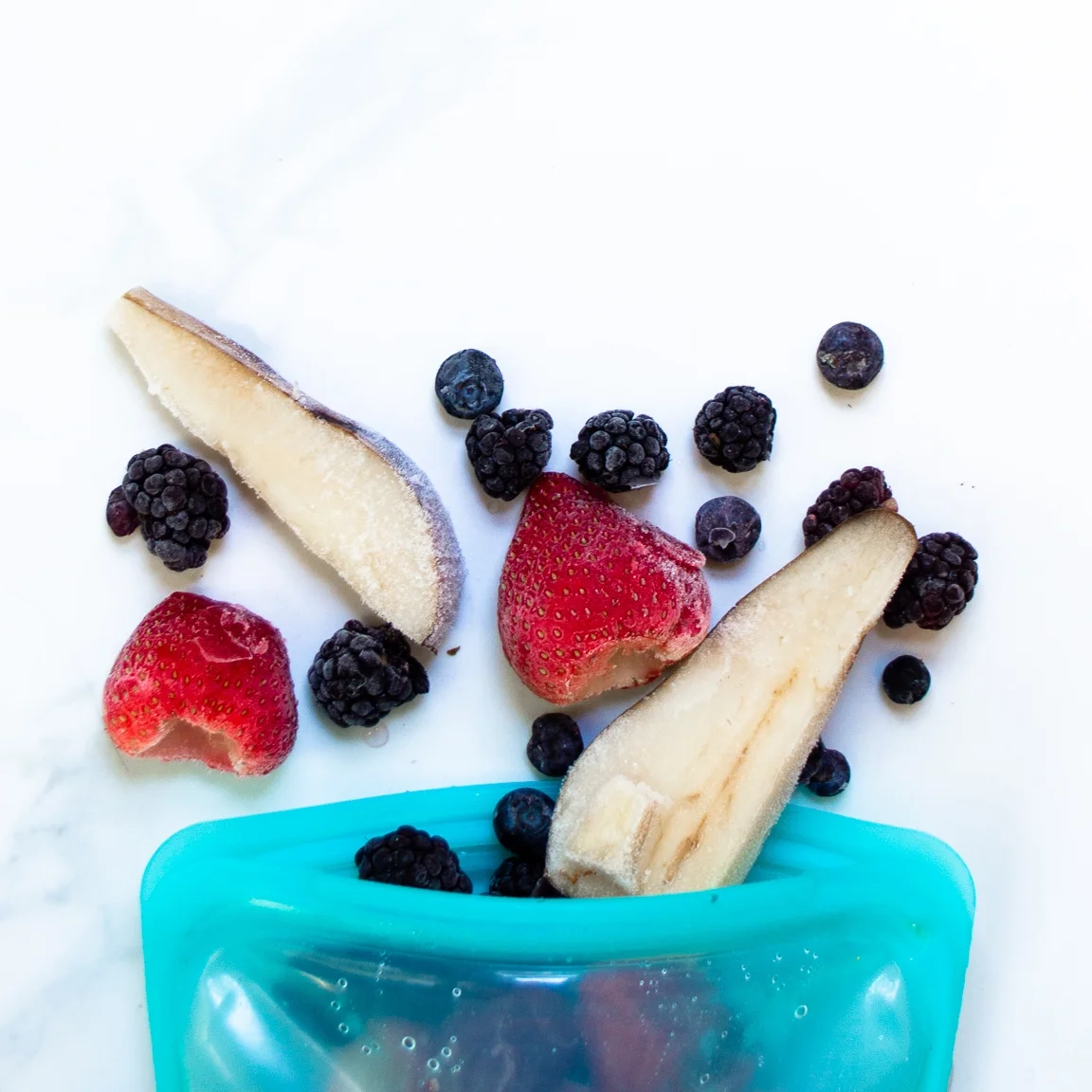
I have two bags in the freezer: 1) a nice-looking large reusable bag for fruit for smoothies, and 2) a supermarket plastic bag overflowing with veggie scraps for stock. Someday I will get around to tidying that second one up. Anyway, the concept is pretty simple. Any time you have fruit that's getting old but hasn't gone bad (i.e. pre-mold, rot, anything gross or smelly), stick it in the Smoothie Bag and pop it back in the freezer. Think wrinkly blueberries, browning bananas (pro tip: remove the peel first so it doesn't freeze to the banana), overly soft peaches, you get the idea. Once it all gets blended up, the flavor will still be there and the wrinkliness won't matter. If you're really on top of things, slice up the fruit before you freeze it to make your blending a bit easier. I am never that on top of things.
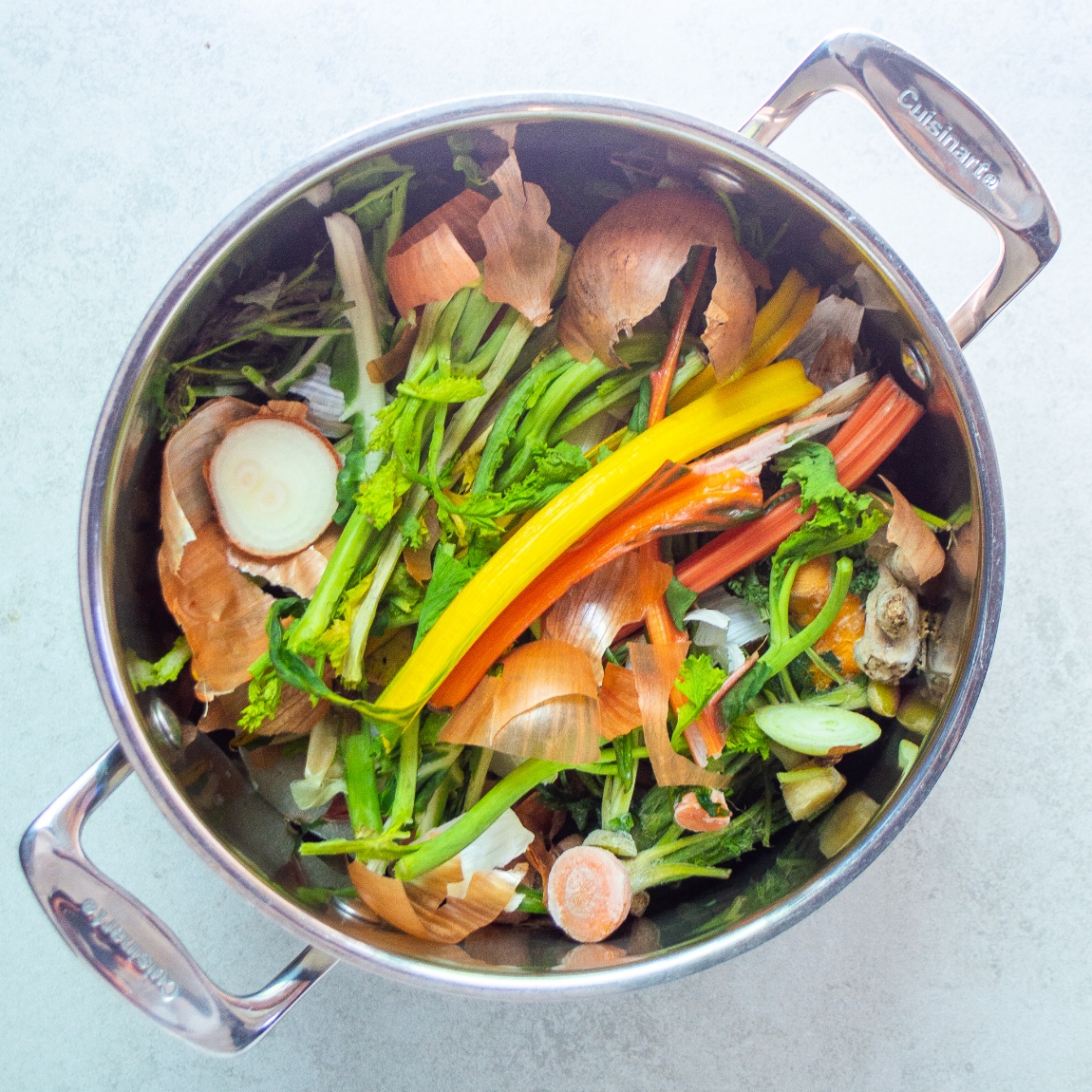
The contents of my Stock Bag - onion skins, carrot tops, ginger skins, chard stems, mustard greens, garlic skins and more...
As for the Stock Bag, this is the perfect spot for all your vegetable scraps, includes the skins, leaves, ends, peels, stems, cobs and cores of onions, shallots, garlic, carrots, parsnips, potatoes, scallions, leeks, fennel, celery, mushrooms, asparagus, and corn. Most veggies are fair game, just avoid an overabundance of the more bitter veggies like broccoli, cabbage or Brussels sprouts. Or like a whole pot of just onion skins - if you’ve got too many brassicas or just skins, add a chopped onion or carrot or two. Stash a bowl by the side of your cutting board, put scraps there as you prep veggies, then dump it all in the Stock Bag when you clean. Or use it for whole veggies that you've forgotten about - anything limp or wrinkly, but not spoiled or moldy. Fill a bag, and it's time to make Freezer Smoothies or Vegetable Scrap Stock!
I never used to pickle anything. It seemed like a lot of work. Canning? Waterbaths? Sterilization? Botulism?! Then I found myself owning a food truck that added pickles to everything, and it turns out that refrigerator pickles are super easy and awesome to have around. And they last a lot longer than you'd think. I divide them into Right-This-Minute pickles that you eat immediately, Quick Pickles that require a bit more work but will last a while in the fridge, and Slower But Fancier pickles that involve a long simmer and lots of spices. Whichever one you choose, they're a great way to extend the life of nearly any kind of vegetable that you've got sitting around, from onions to carrots to cabbage to cucumbers.
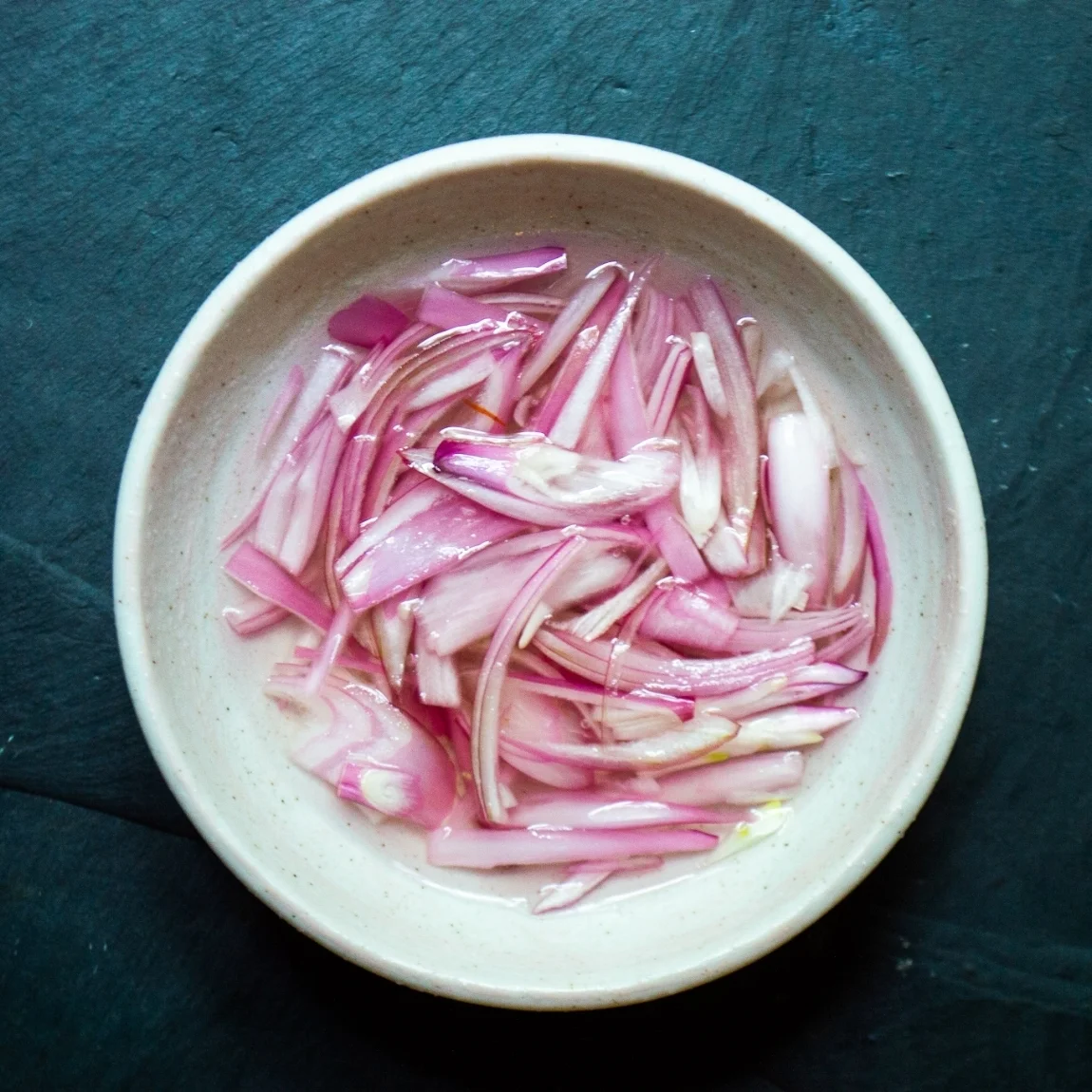
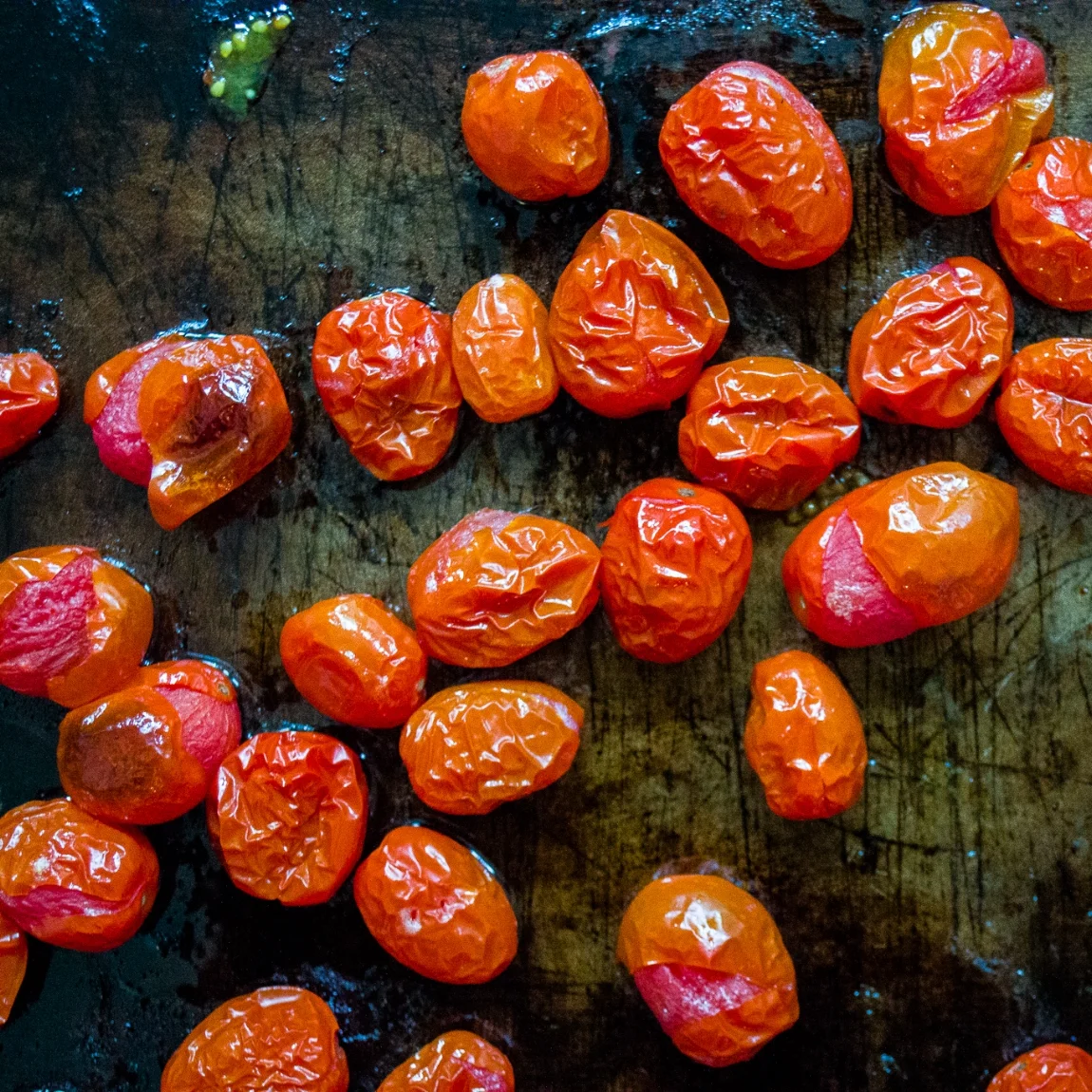
In London - where I lived for three years and met my husband - and across the rest of the U.K., a Sunday roast is a beloved weekend meal with roasted meat, potatoes, and delightful accompaniments like Yorkshire pudding and gravy and other veggies. I now do a weekly roast of a different kind, where I go through the fridge and rescue all the veggies that I've ignored throughout the week. In about 30 minutes or so, you'll have delicious cooked veggies to eat right away - maybe with Creamy Green Dip, or tucked into a Quesadilla - or you can let them cool and keep them in the fridge all week to be eaten as a side dish or added to salads, Grain Bowls, Fried Rice, Fridge Cleanout Frittata, or basically any of the hero recipes. Get into the routine of roasting veggies whenever you've got time and you'll both stop wasting veggies and get future meals on the table even faster. Read more here!
Seriously. I just started. And if I can do it (let's just say that I would not consider myself a garden-y or outdoorsy person)...then you can do it. Caveat: old me who lived in an apartment building with a small balcony considered it but did not do it. If you have any yard space though, consider it!
There are tons of ways you can set up a compost bin, ranging from expensive but easy options to inexpensive DIY options to very time-consuming options to not-super-expensive and easy-to-assemble options that can take a lot of food scraps. I went for the latter and it is slowly filling up with kitchen waste. Check out the NRDC's compost tips here!